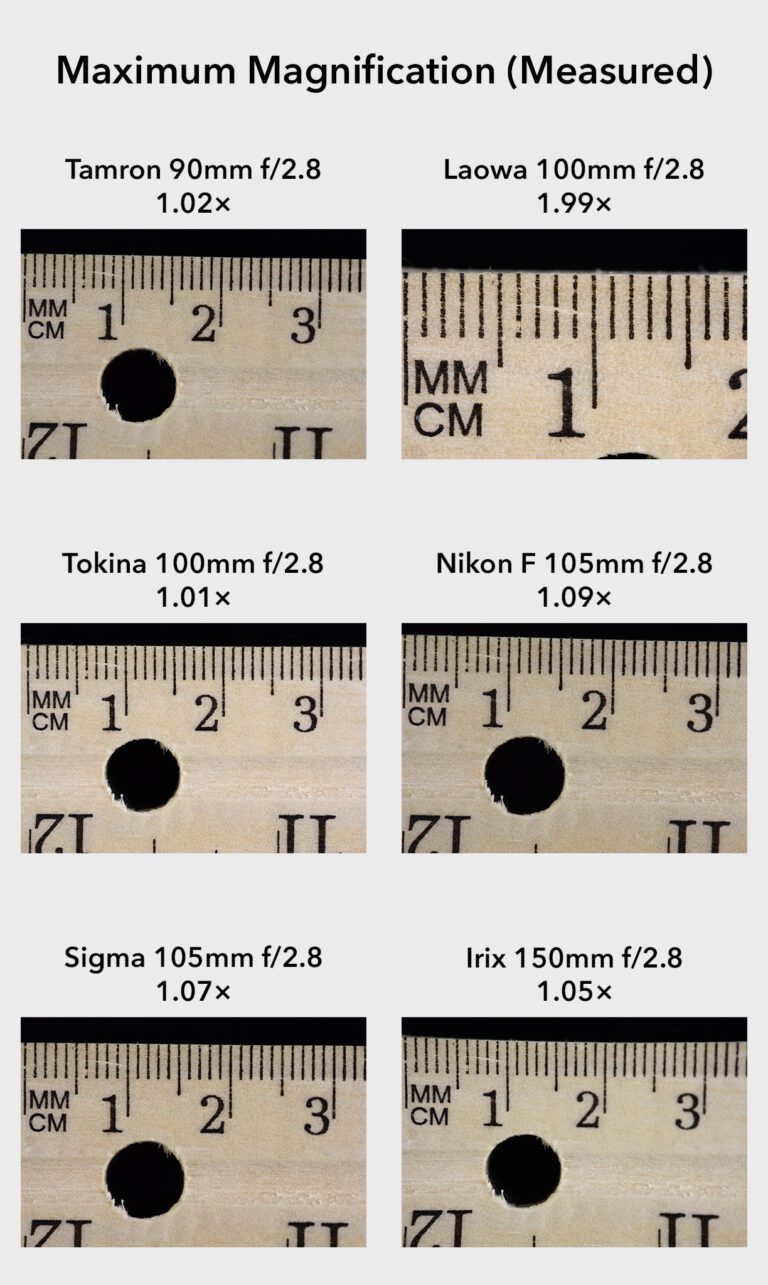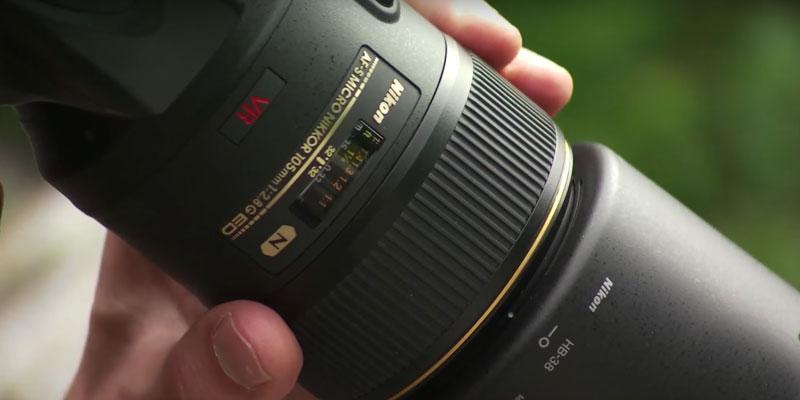

- Beginning nikon macro lens how to#
- Beginning nikon macro lens upgrade#
- Beginning nikon macro lens full#
- Beginning nikon macro lens pro#
You can pick them up for £25-35 on Amazon. They fit between the lens and the camera body allowing your regular lens to focus at a close up distance for really tight, macro shots. Hey Melissa, have you thought of using macro extension tubes with your current lenses. Learn how your comment data is processed. Your email address will not be published.

Allowing the dish to be perfectly in focus, with the surrounding elements out of focus.
Beginning nikon macro lens full#
You can shoot a dish in its most flattering angle, having full control over the plane of focus. Shot with 45mm T/S 2.8 Why is the tilt-shift a great food photography lens? If you want to read more in-depth about the tilt-shift lens, you can read this post. This is really powerful for shooting cover or product/packaging images. You can shoot a dish at its most flattering angle, and control how much of the story/props around the frame are included without changing the camera angle, distance or the subject placement. You can selectively control the plane of focus, allowing the dish at the front of the image to be super in focus, whilst the background story is superbly out of focus. (Alas I don’t have one, but I rent now when I need it for a job. It allows you to precisely control the plane of focus like no other lens can.
Beginning nikon macro lens pro#
Shot with 105mm 2.8 microĪ zoom tilt-shift lens may just be a pro food photographer’s lens of choice.
Beginning nikon macro lens how to#
You can read more in this post about how to use autofocus correctly in food photography. There is no point in having a great lens if you’re not focusing on your subject correctly. You can also shoot with this lens both overhead and straight on, I just tend to use other lenses for overhead and rarely shoot my subjects straight on. I therefore primarily shoot with this lens on a tripod with VR off. This lens does have vibration reduction (VR) for when you are hand holding it, but my hands are still too shaky. Still a gorgeous amount of blur!Īs it is a very tight focal length, I do need to be a decent distance from the dish, so I need to have enough space to allow me to explore angles between 25-75 degrees. The image is an example of this flattering angle shot at f/5.6. I rarely shoot this lens at it’s highest aperture, choosing to stay around f/5.6 or f/8 as it has such a shallow depth of field. Overall I reserve this lens solely to shoot dishes with height at angles between 25 and 45 degrees.
Beginning nikon macro lens upgrade#
If you decide to upgrade your camera to full frame but you didn’t buy FX lenses (compatible with full frame), you’ll have to replace them. Read 10 tips you should think about when upgrading your camera for food photography. Your lenses will stay with you throughout your photography journey, whereas you’ll upgrade your camera. My advice is to invest in the best lens you can afford. I do have a post here on the two focal lengths I recommend for cropped sensors. Most photographers when they start out will have a camera that has a cropped sensor. If you have a cropped sensor, then you’ll have to take into account that additional cropping factor. My recommendation for these food photography lenses is based on having a full frame camera. If that went over your head, check out this post I’ve done on full frame vs cropped sensors. Essentially does your camera have a full-frame sensor or a cropped sensor? Of course, any conversation about lenses needs to start with the ‘crop factor’. This post may contain affiliate links from products and services we love and trust.įrom beginner to expert, budget to expensive, here are the 4 ultimate food photography lenses you’ll want to consider along the way.


 0 kommentar(er)
0 kommentar(er)
